What could a 1980s fast Ford and its 2021 all-electric descendant possibly have in common? Are they chalk and cheese or two peas in a pod?
In 1986, 35 years ago, Ford launched the Sierra RS Cosworth, then its fastest production road car to date, with a top speed close to 150mph. This year marked the launch of the Mach-E, its first proper EV, so the opportunity to get the two together and ponder how much things have changed is too good to miss.
This Sierra was a homologation special designed to form the basis for an International Group A racing car. Five thousand was the number that manufacturers were required to put on public sale with fundamentally the same mechanicals that they would need on the track. The main reason for producing it was to win the FIA Touring Car Championship (now the European Touring Car Championship), and it did that with flying colours.
My example is the last known remaining car from the fleet of 10 run by Ford’s press garage in Brentford and wears its original aluminium plates, carrying only the registration number and the Blue Oval. The actual car I ran for 12 months on long-term test from 1986 to 1987, it spent around 25 years in Australia in private ownership, and when it appeared again in the UK, I was able to buy it and return it to original specification.
While the Mustang Mach-E is entirely different and with a different purpose, it’s still very much a performance Ford. This one is the four-wheel-drive Extended Range version, powered by an electric motor on each axle. Like all EVs, it’s at the cutting edge of technology, whereas even back in the day, the Sierra wasn’t. Its 2.0-litre 16-valve Ford Cosworth YBB engine was essentially an up-to-date version of the famous 1970s BDA engine with the addition of a turbocharger.
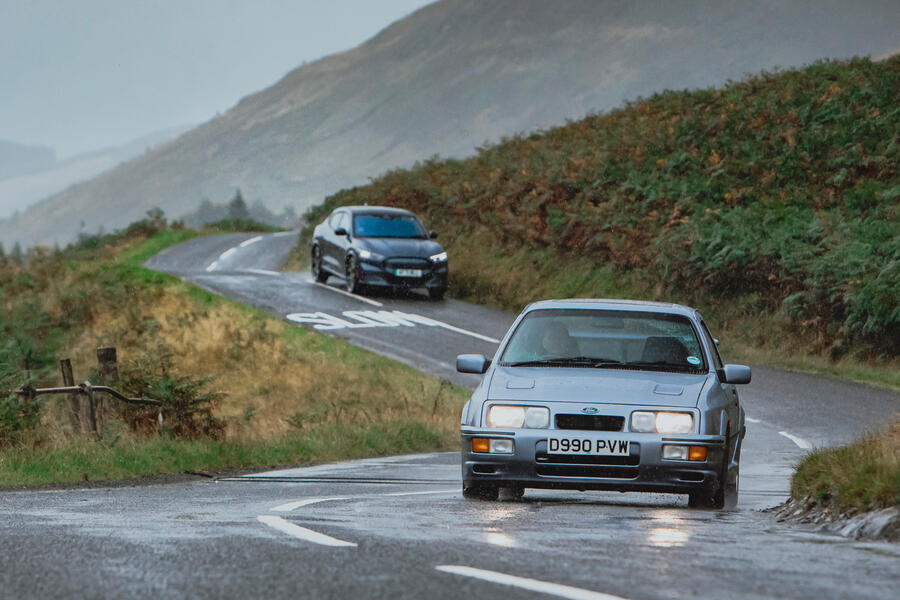
So let’s cut to the chase. How do these cars illustrate the change in trends over the past 35 years? All cars inevitably reflect the culture in a car company and the character of the people who created them. In that respect, the apple hasn’t fallen far from the tree. The Sierra was developed at Ford Special Vehicle Engineering at the Dunton Technical Centre in Essex. The Mach-E is the product of the newly formed Ford Team Edison working out of an old factory in Corktown, Detroit.

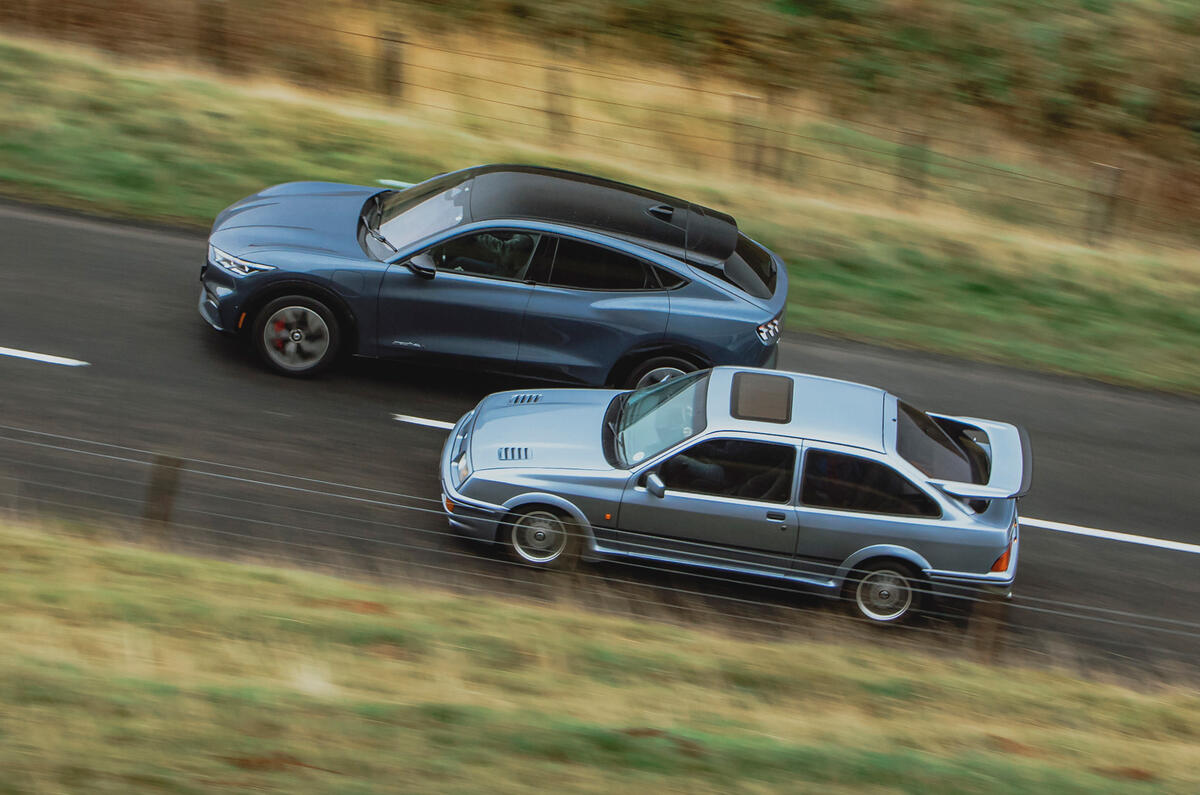
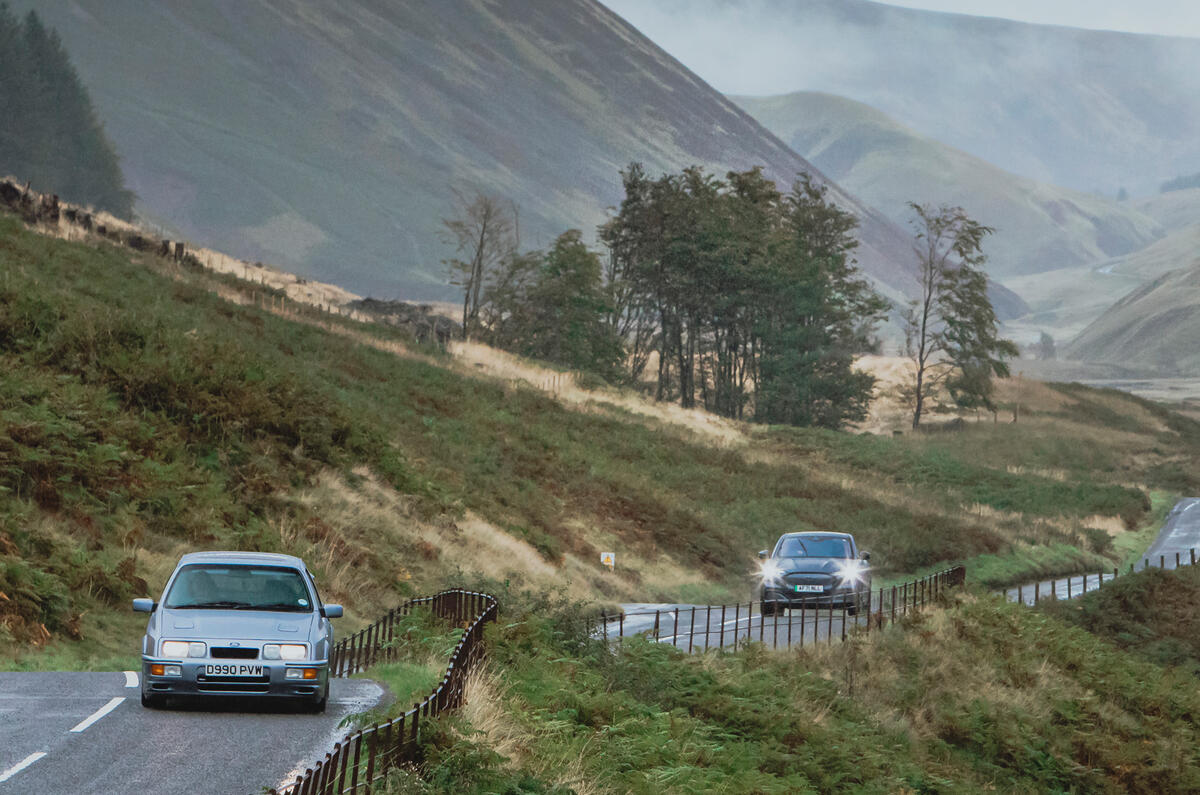
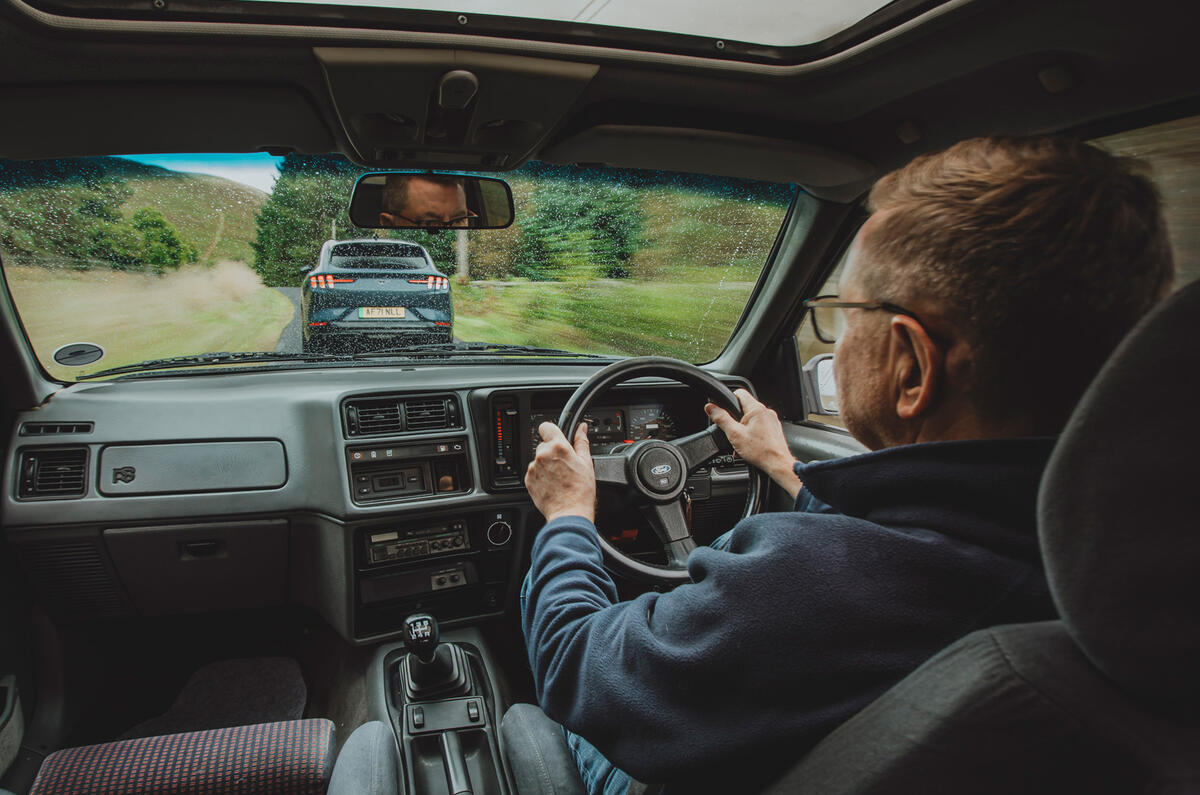


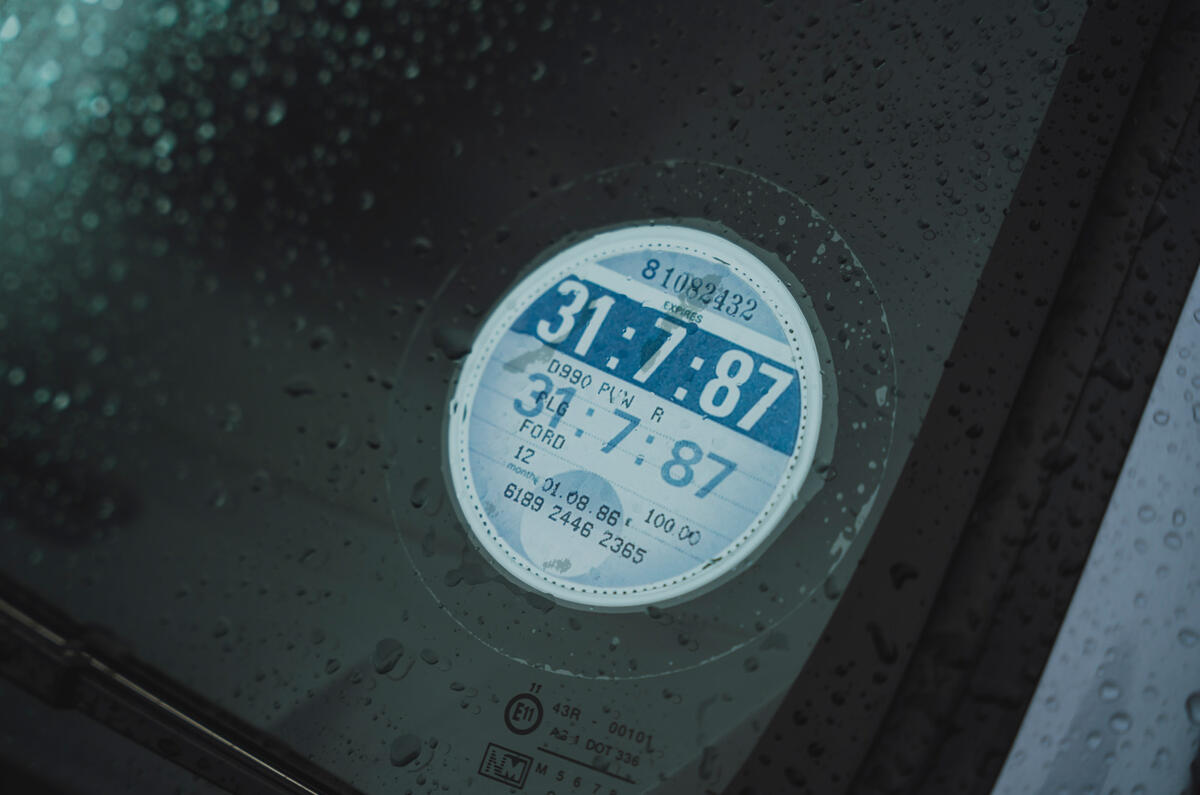
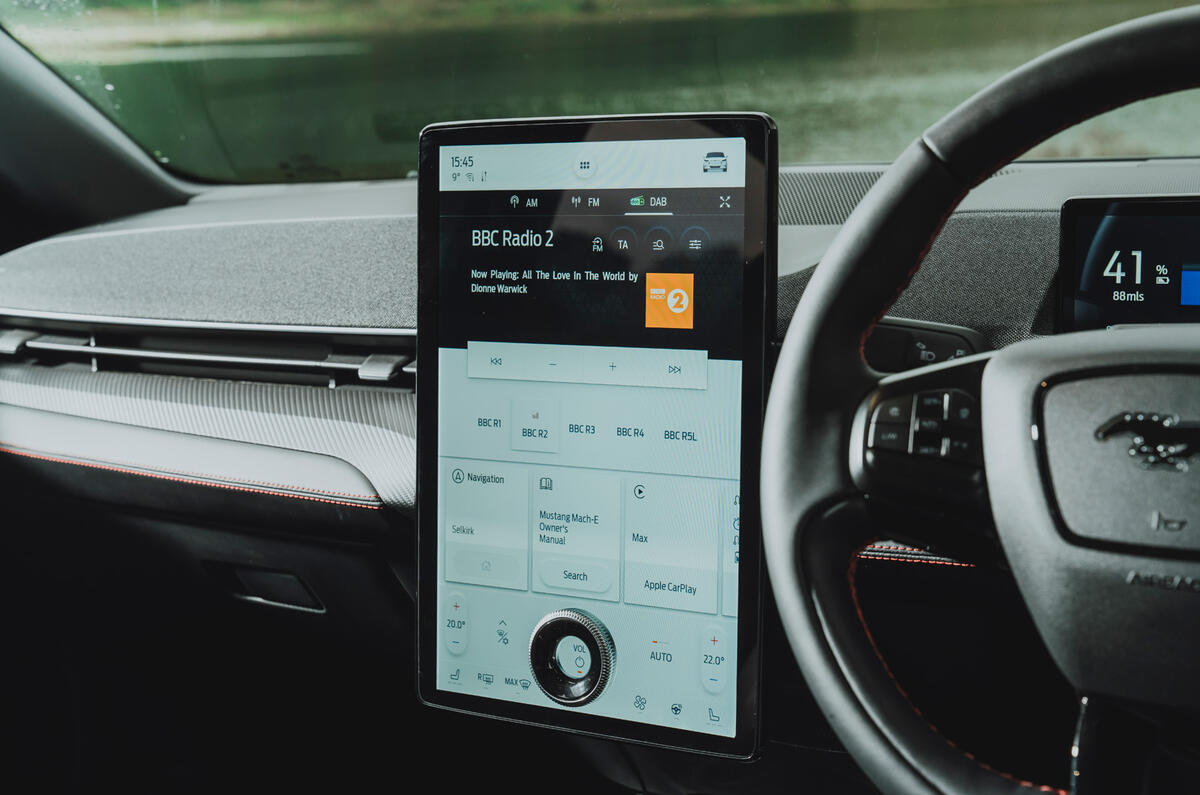
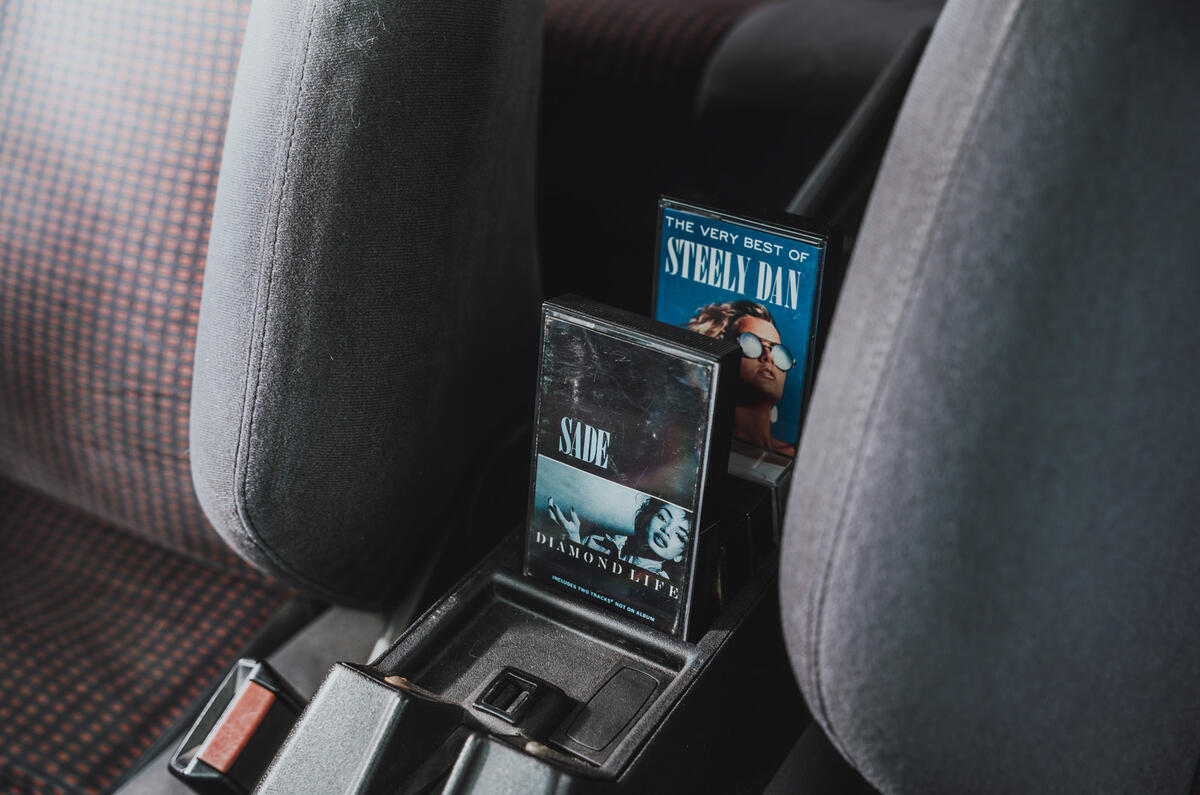
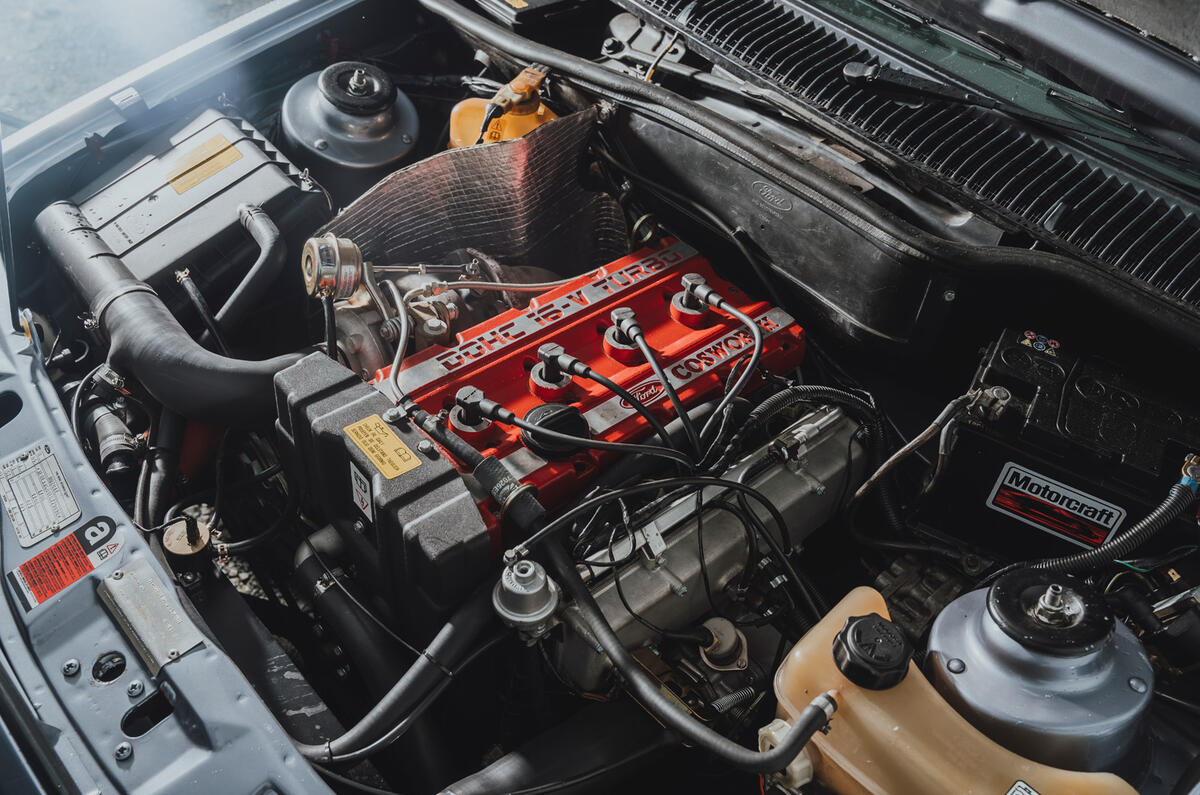
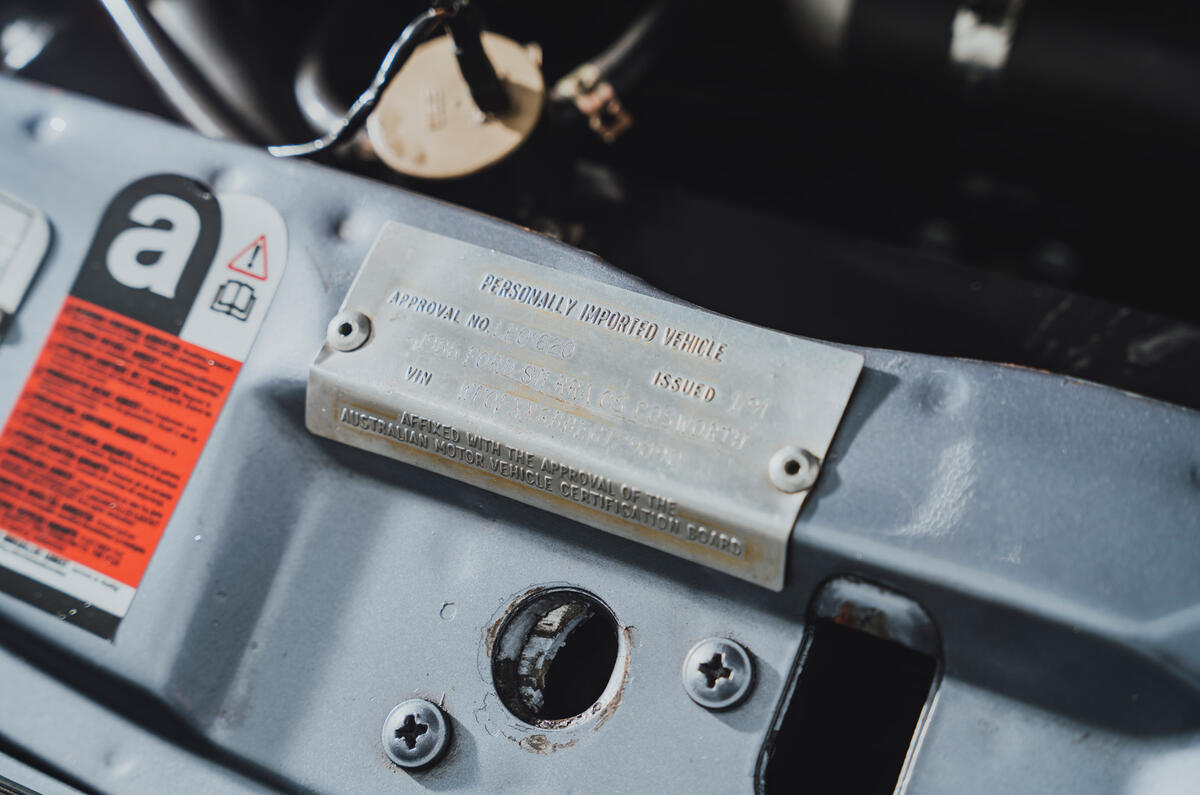
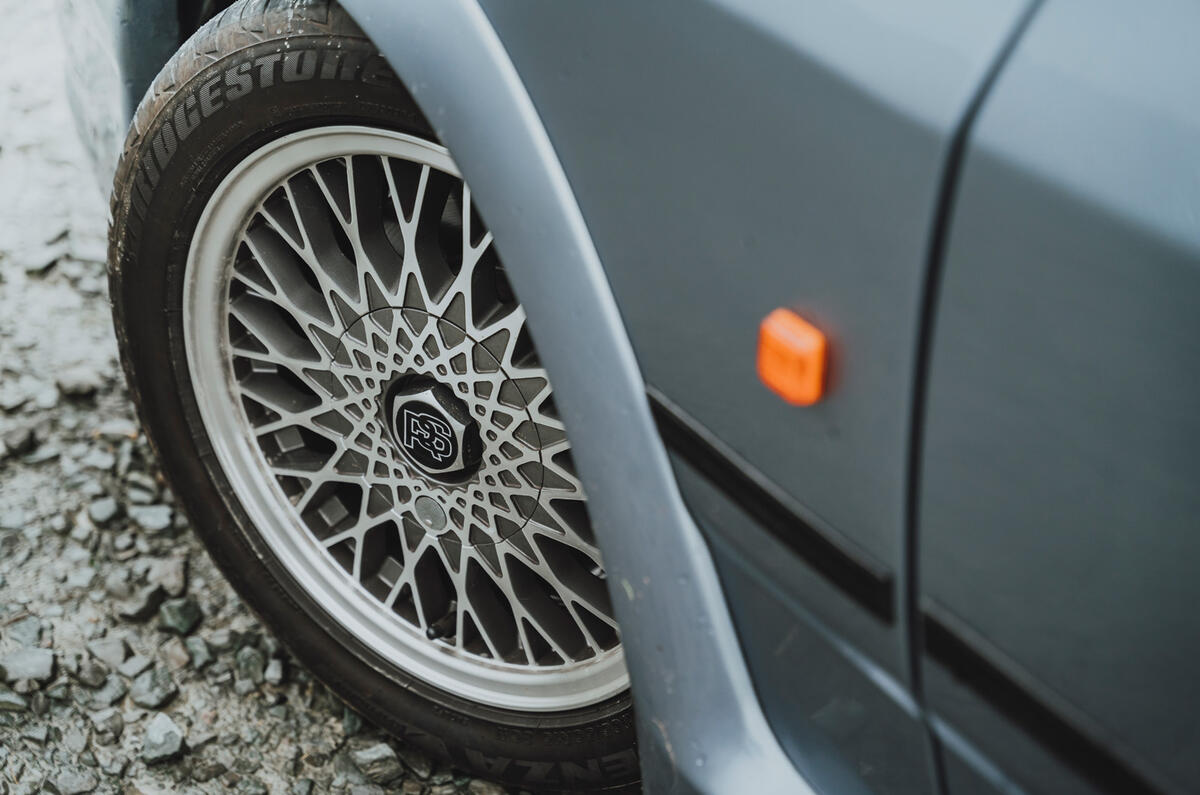
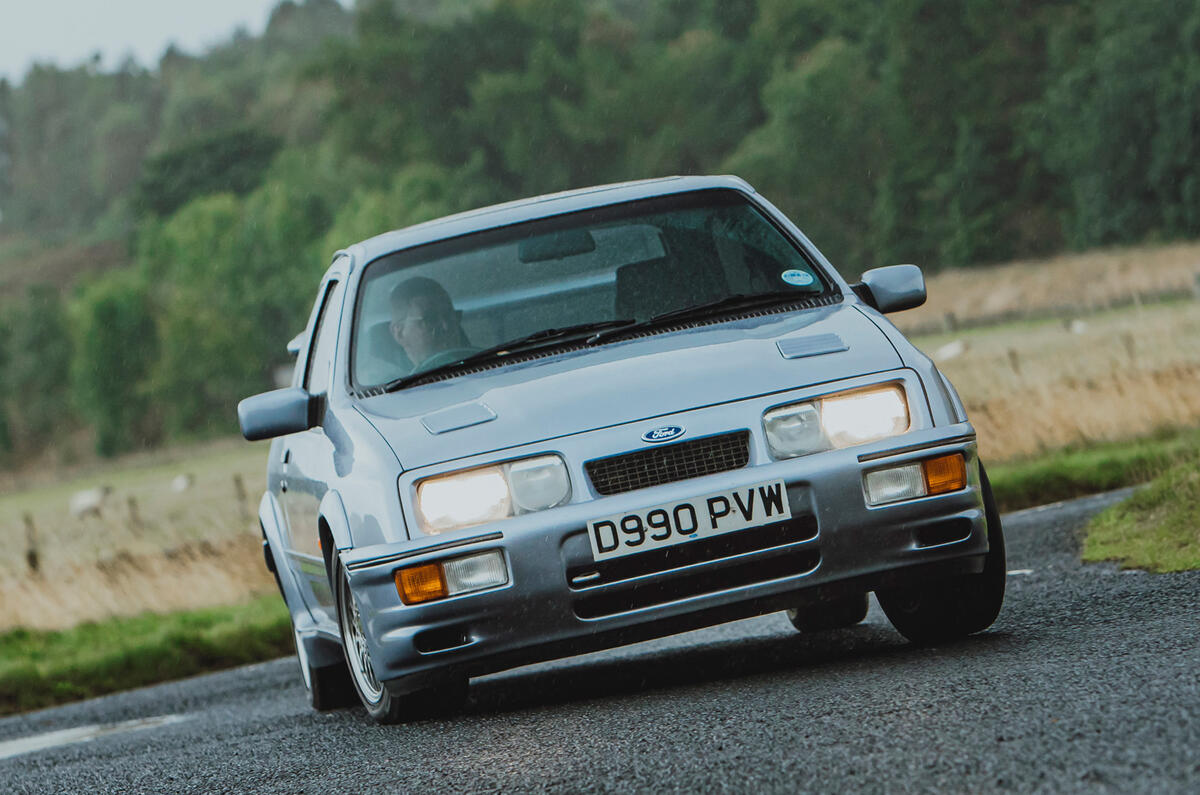
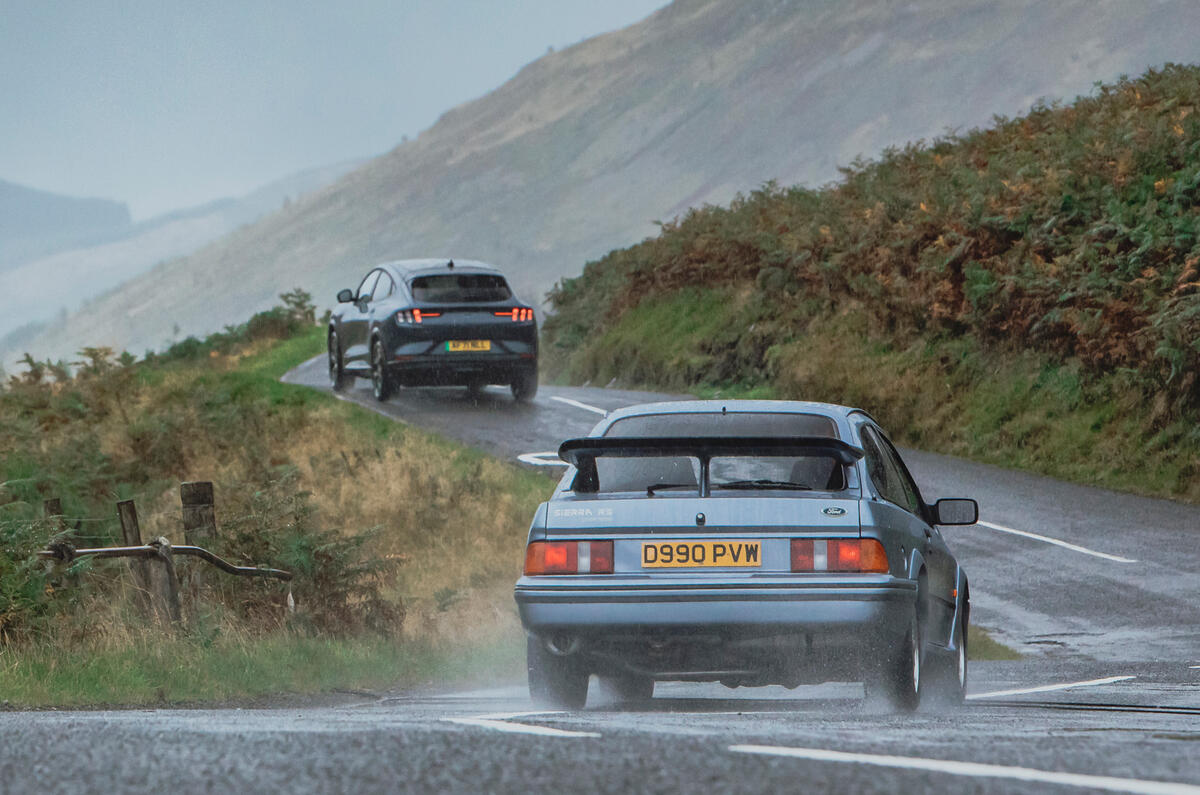
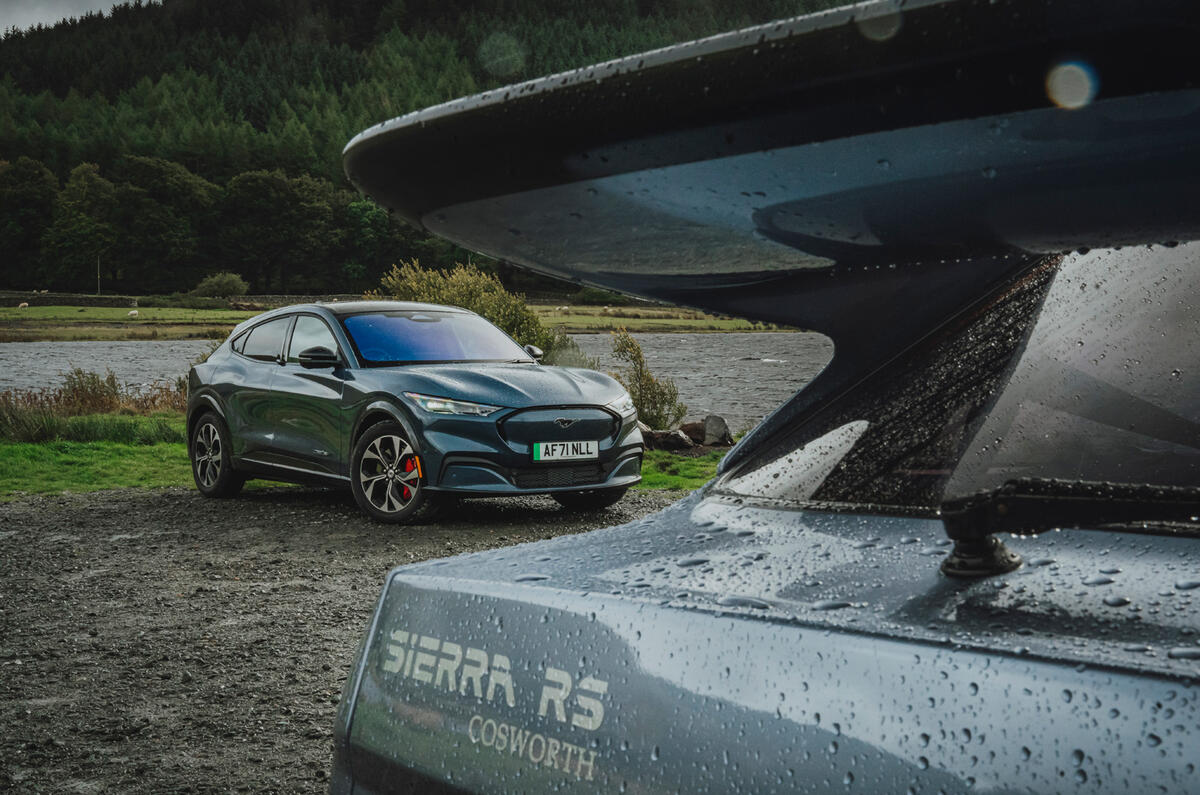
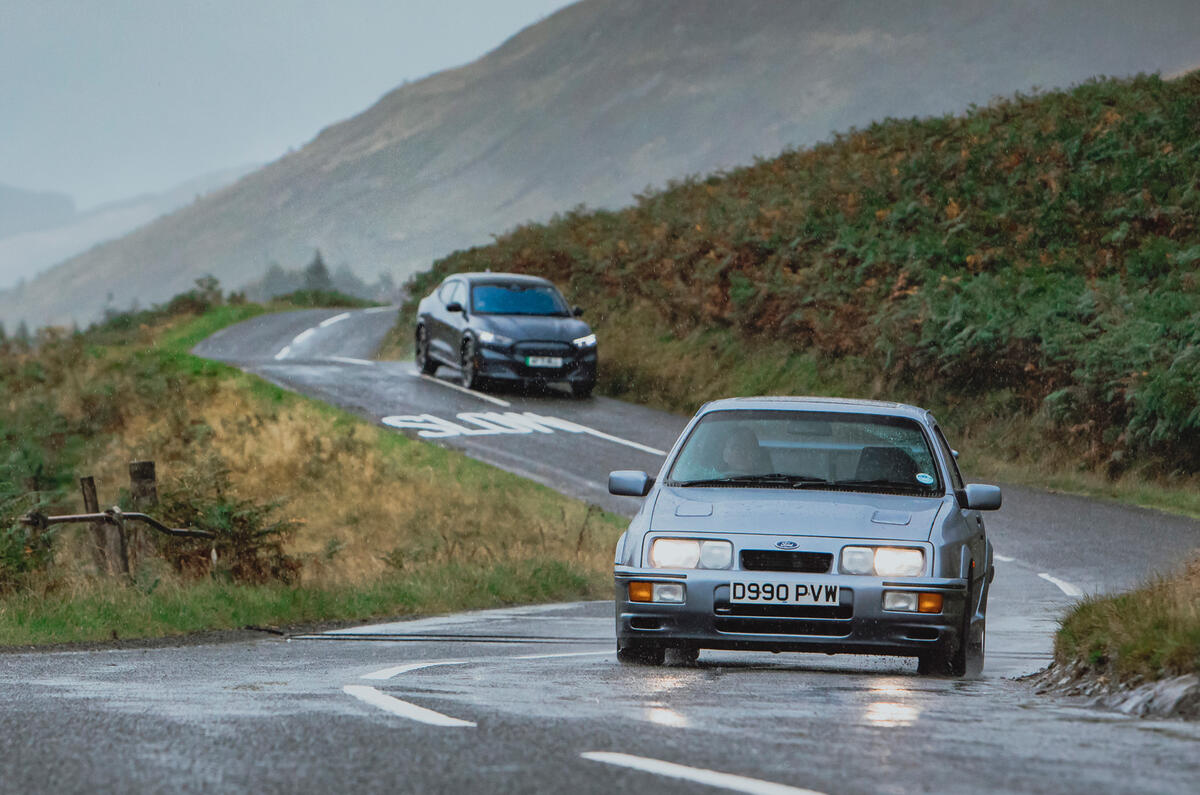
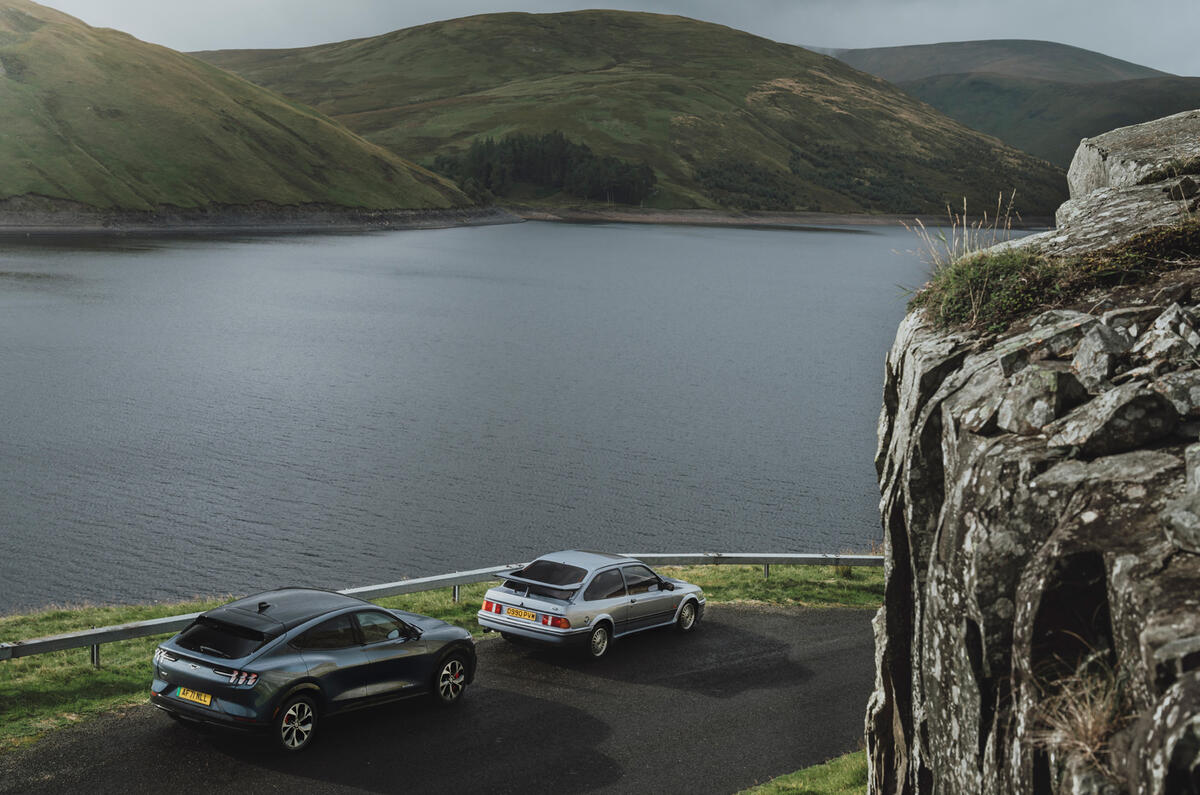

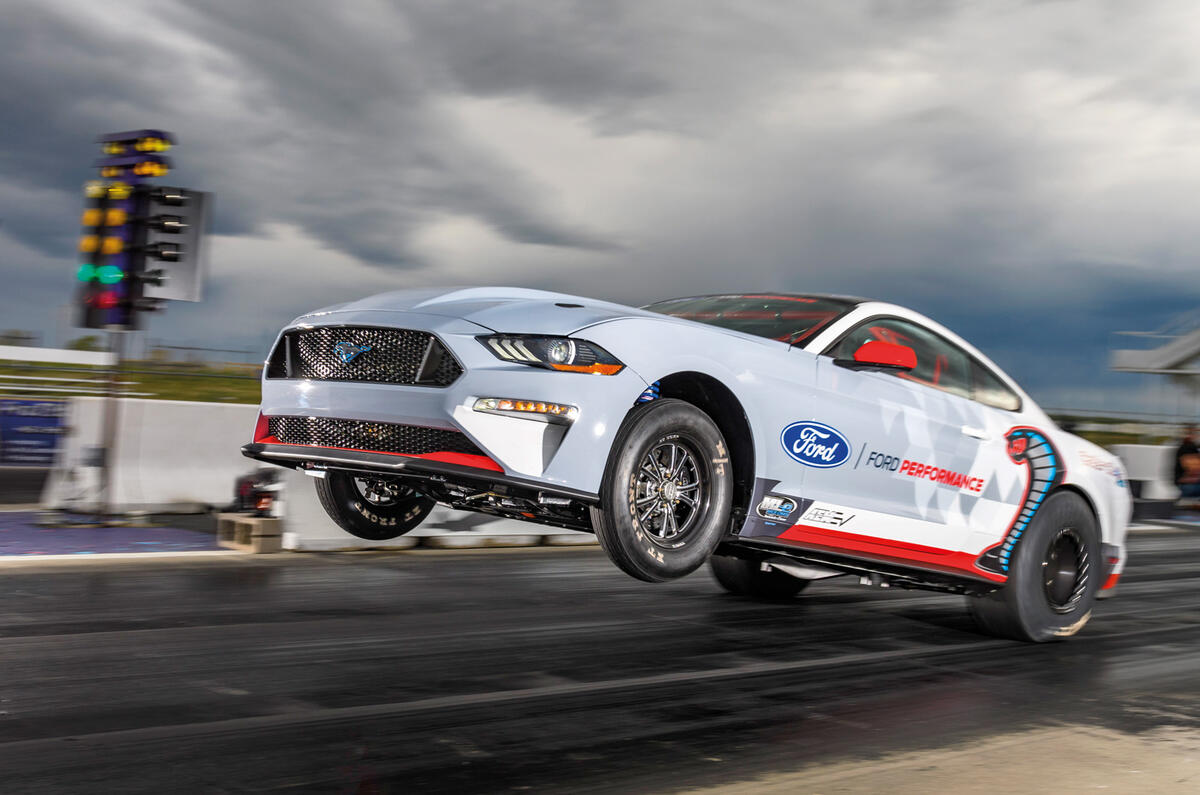

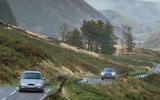
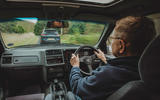
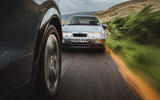

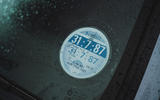
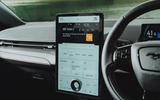

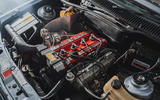
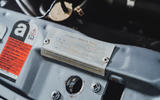


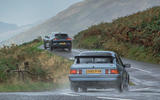
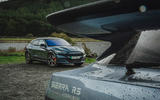
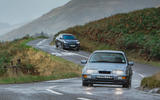
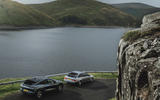
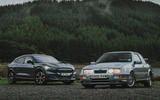
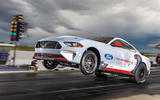

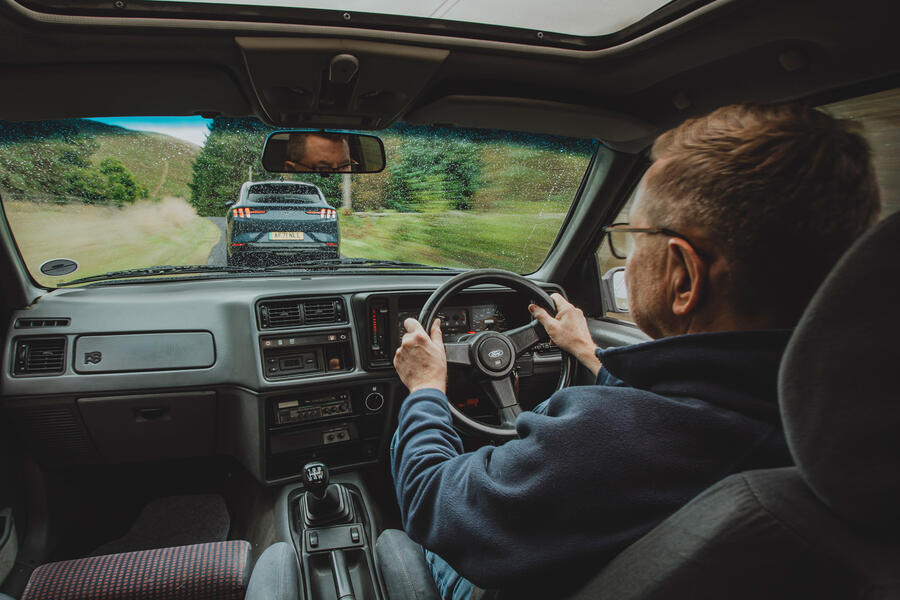
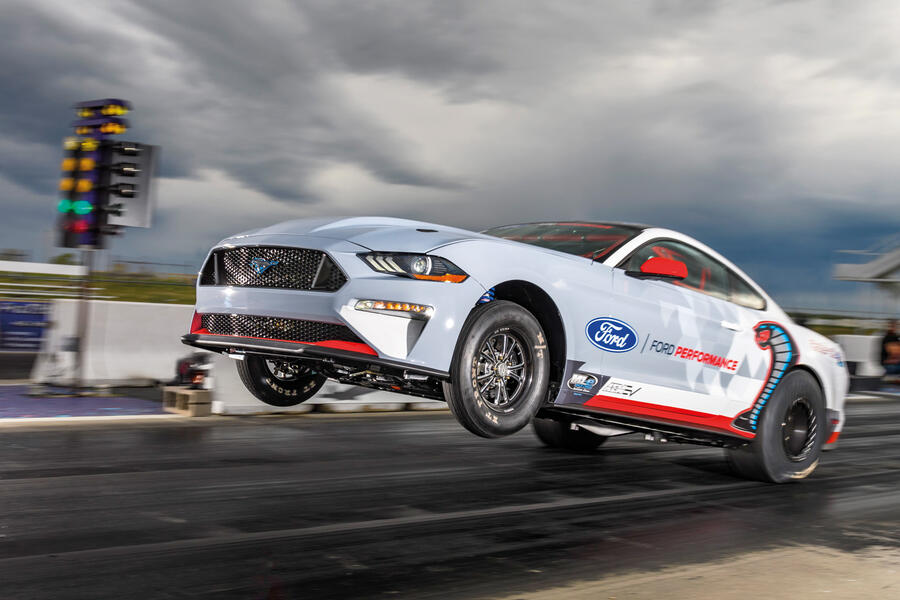

Join the debate
Add your comment
A very long time ago I was able to drive a tuned Sierra Cossie round Mallory Park: that was quite an experience, with 300+ bhp and racing tyres, that track beast flew like nothing I had driven before! Below 4K revs, it was fast but docile; however, past that mark and up to 6K it became VERY lively! My memories are bit blurred now but it was a case of sticking to the racing line and touch the brakes only when an accident seemed inevitable... Yes! An experience!
A few weeks later, driving a 'standard' Cossie with 200 horses felt like an anti-climax; even the Datsun 200 Summatorother Coupé felt livelier -probably was not as quick but felt it!
Those were the days...
Somehow, I am not sure that the E-Mustang will tingle my spine if I ever drive one!
The is not an electric car made that I would be interested in driving if offered the keys for the day.